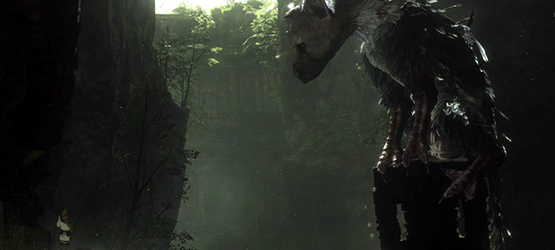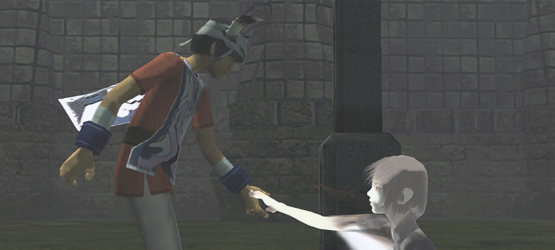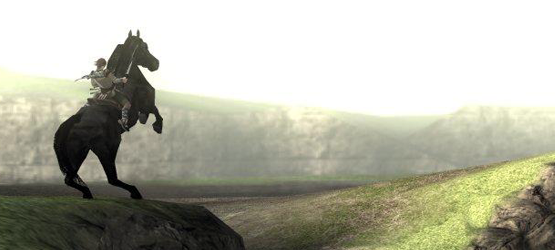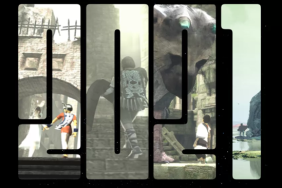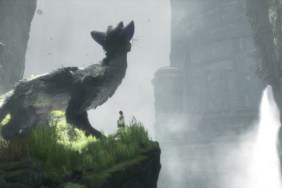The Last Guardian has become a white whale for PlayStation fans and a black spot on Sony’s record. It’s now 2015 (eight years since development started), and the PlayStation 4 is selling a lot faster than any hotcake that has ever existed. Despite (or, perhaps, due to) Sony’s repeated confirmation that The Last Guardian has not been cancelled, I still feel burned after every E3, gamescom, and Tokyo Game Show that goes by without a new trailer.
But that’s simply the residual feeling of dashed expectations and not the feeling of being robbed of a one-of-a-kind experience. The truth is The Last Guardian was special in 2007 – it isn’t anymore. Everything it offered at the time is being handed to us on a weekly basis through indie games on PSN.
Many gamers lament the flood of indies to the PS4, but they represent everything that Team ICO strives for in its games. Indie games are often characterized by simple mechanics, focused design, and plots that are non-existent or open to interpretation. And while they don’t often have mind-blowing aesthetics, the best ones generally have a very defined style. Sound familiar?
ICO was one simple premise – don’t let go unless you have to – repeated over and over in different scenarios within an environment that was beautiful and consistent. Its plot was as simple as its mechanics and lent itself well to the sense of loneliness that permeates Team ICO’s productions. Without a crowd of NPCs, a narrator, or a constant thumping beat to distract you from your mission, you could simply enjoy a well-crafted experience.
Shadow of the Colossus expanded on this by changing the partner dynamic from person-to-person to person-to-animal. It threw you into a world that was many times larger than ICO and even emptier. Your task was simple – find and destroy Colossi – and was motivated by the ever-present “save the girl” gaming trope. It was a simple gameplay loop wrapped in thoughtful design.
While details are scarce regarding The Last Guardian, the trailer suggested a similar tone and design.
This is what indie games do best. Whether because of resource constraints or a design philosophy, indie developers are forced to focus on a simple, engaging mechanic, and then find ways of iterating on that mechanic over the course of a few hours. Sometimes it hits, sometimes it doesn’t. But each time is another opportunity to witness the same design philosophy employed by Team ICO. In 2007, that approach to game design was fresh and new for console gamers who grew up on AAA titles exclusively. Today, it’s simply not.
Team ICO was making indie games with AAA budgets. That’s not a knock, the studio was ahead of its time in the console space. So let’s break down their strongest design elements.
Elusive Story
One of the best elements of ICO and SotC was the abstract storytelling. Much of it was left for players to piece together on their own which led to different interpretations. That makes for great forum-fodder.
A Lonely World
Team ICO’s games are typified by the fact that you are mostly alone. Even when you aren’t, there is a palpable disconnect between your character and the surrounding world that creates this wonderfully skewed effect.
Inventive, Simple Mechanics
Team ICO created experiences that let players feel like a true hero. They did this by allowing you to get comfortable with their mechanics and then have you master all the ways you could use them.
With these three facets in mind, browse the gallery below for a look at several upcoming and already released indie games that nail all, or some, of these.
If you aren’t convinced yet, try watching Rime in action.
We don’t need The Last Guardian.
Do you agree with what you’ve just read? Sound off and let us know in the comments.
Note: The view expressed in this article is solely that of the author’s and does not represent that of PlayStation LifeStyle and its entire staff.
We Don't Need The Last Guardian
-
Titan Souls
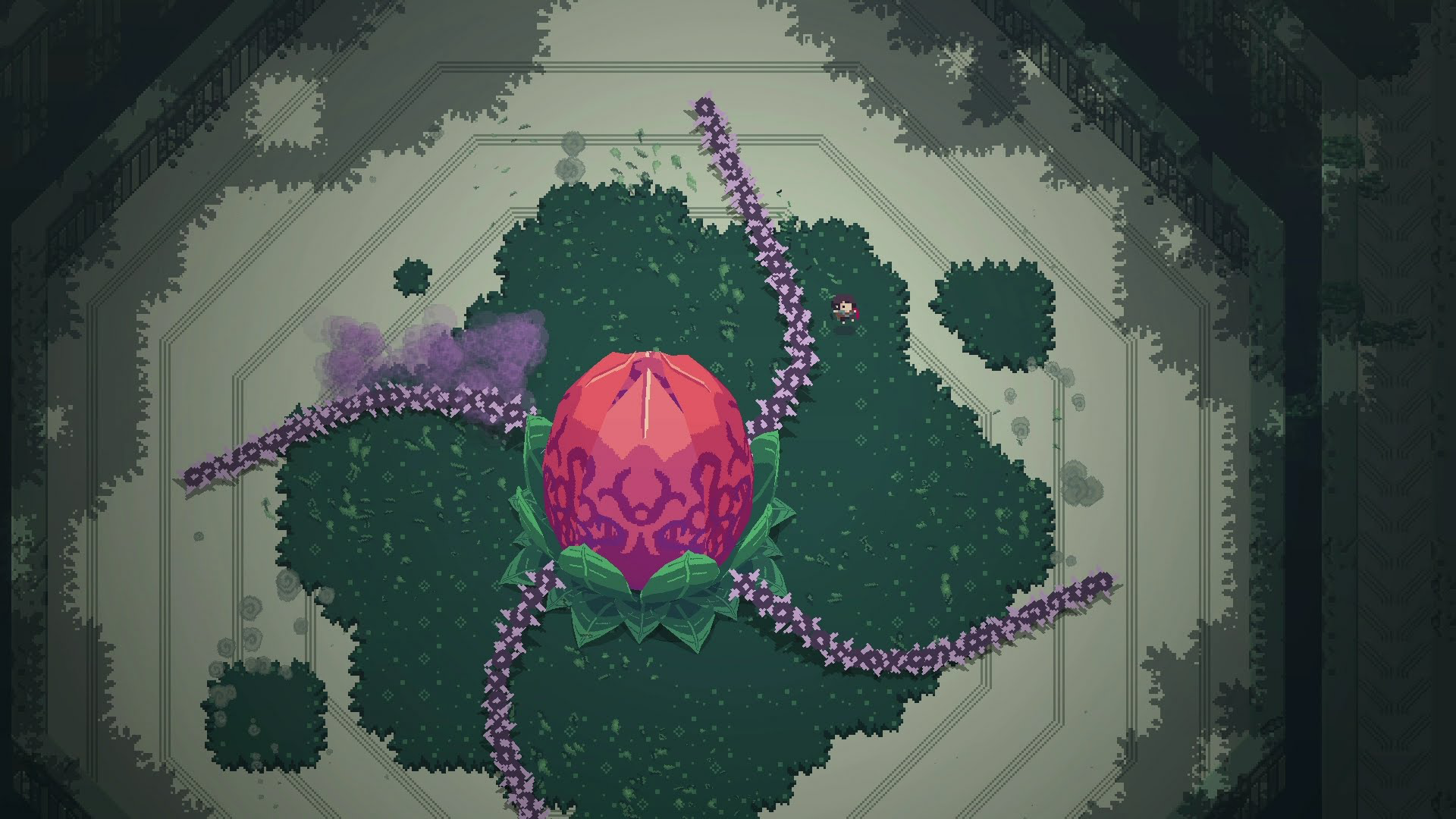
Developer: Acid Nerve
If SotC had a baby with Dark Souls (and then you squished it flat), you’d get Titan Souls. Briefly shown at E3, players can explore a vacant 2D world to find and destroy Coloss– I mean, Titans. You only have one hit point and one arrow. Good luck.
-
Transistor
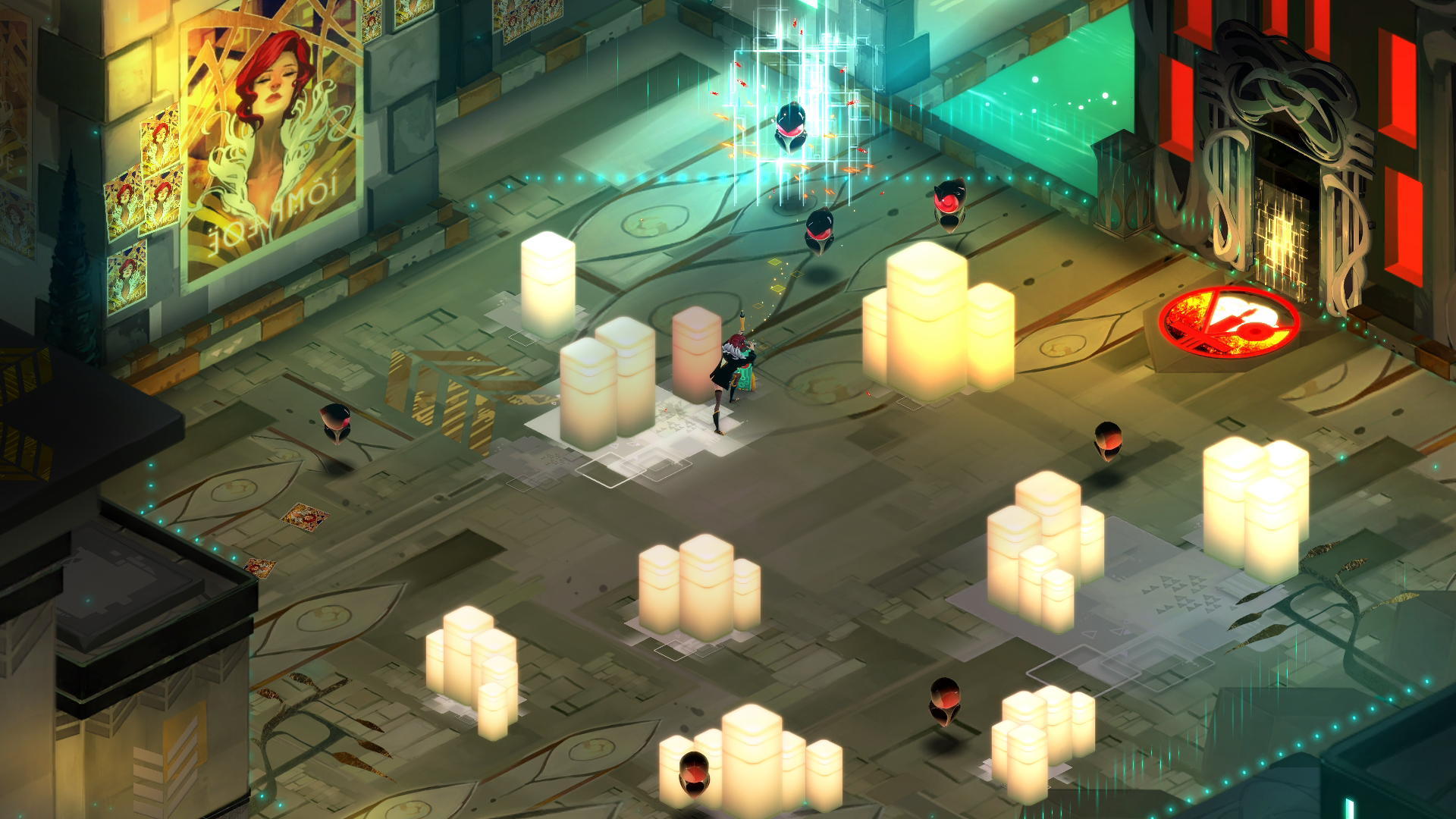
Developer: Supergiant Games
Selling 600,000 copies is great, but this one really needs to be played by more gamers. Story is mostly gleaned from characters that exist as functions that modify your weapon. It’s a deep and flexible system that rewards experimentation by linking background story to your use of their functions. Elusive story? Check.
-
Limbo
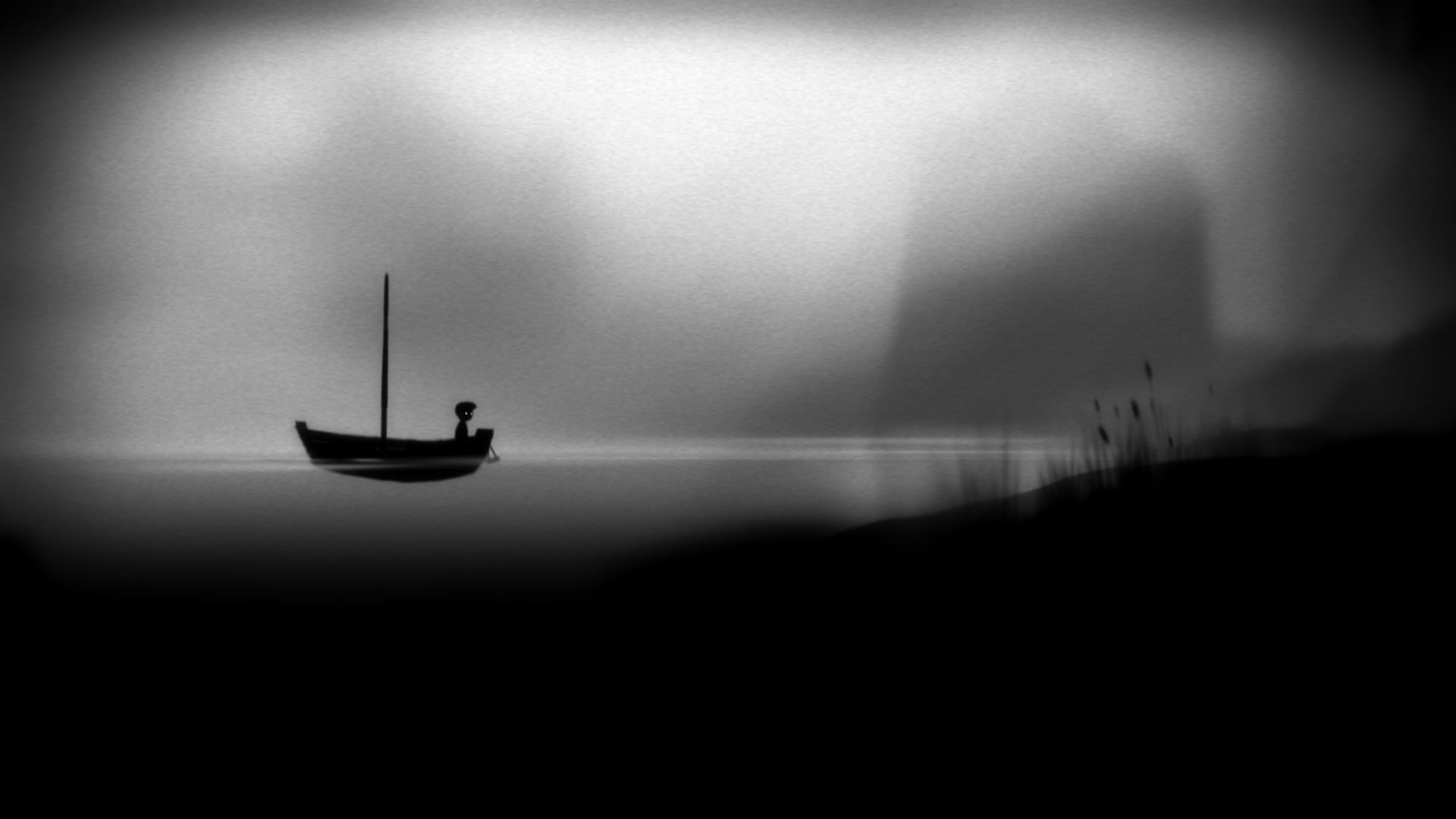
Developer: Playdead
Nothing says vague like a story with one character who never speaks. Most have already taken Playdead’s hit for a ride, but if you haven’t and you own a PS4, you’re in luck. It was recently discovered that it may be heading your way soon.
-
Hohokum

Developer: Honeyslug
If you can parse what exactly is going on in Hohokum, you go to better parties than I do. On the surface, it appears as though you are some sort of snake who travels via hole into different worlds to rescue friends by completing puzzles. The catch: it never tells you what the puzzle is. This sense of freedom is what defines the experience and is reminiscent of the liberty afforded the player in SotC.
-
No Man's Sky
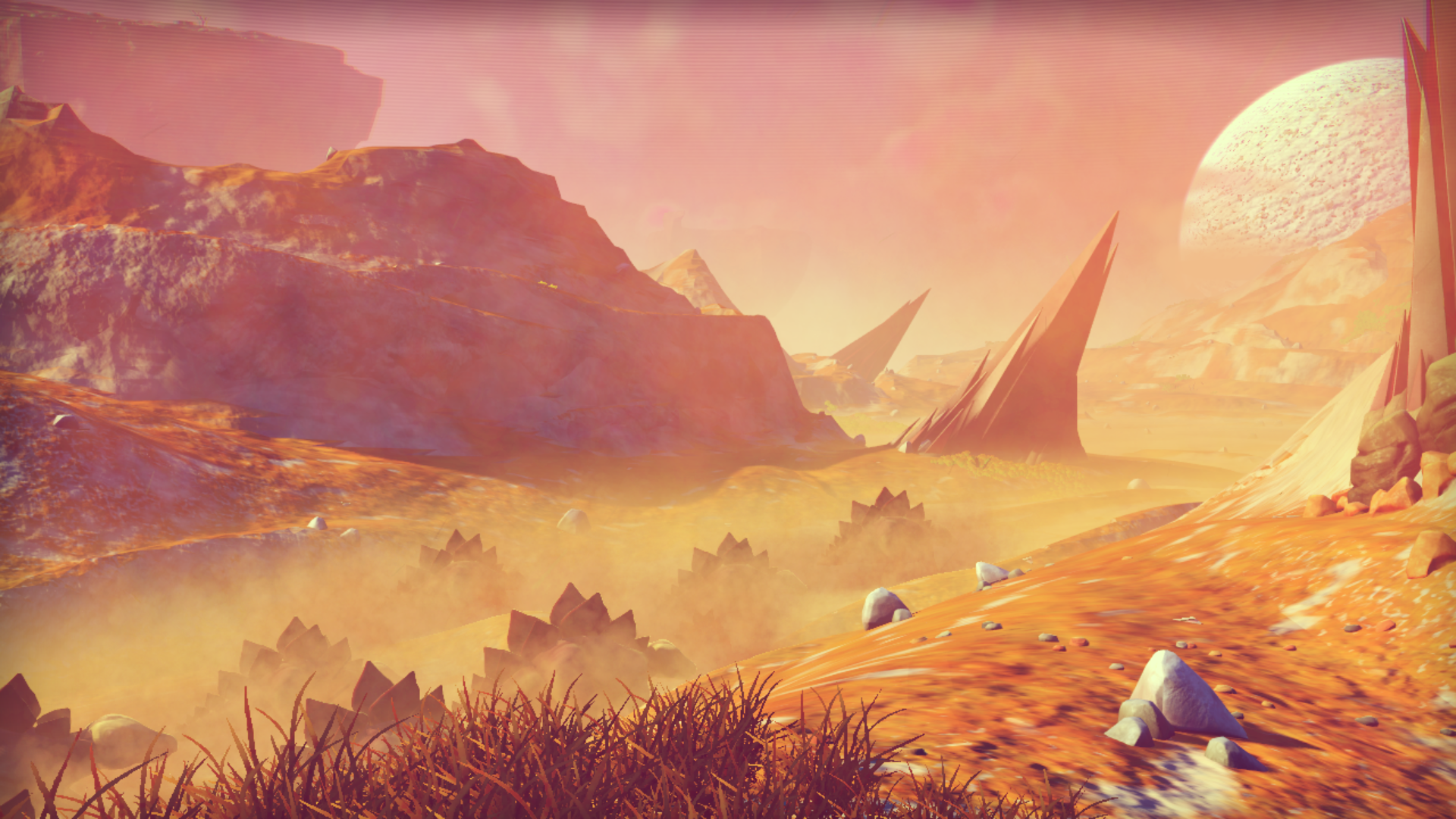
Developer: Hello Games
The ultimate loneliness simulator. Or is it? Details on the particulars of Hello Games ode to classic science fiction are trickling in now but many gamers still aren't sure what to make of it. It actually sounds a little too good to be true. Regardless, the studio's ambition to deliver an unprecedented sense of wonder and exploration is what makes this game so tantalizing. What will you find beyond that ridge or on the surface of that glowing planet? It’s the same feeling that went through me when I first climbed a mountain in SotC wondering what I’d find at the top.
-
Everybody's Gone to the Rapture
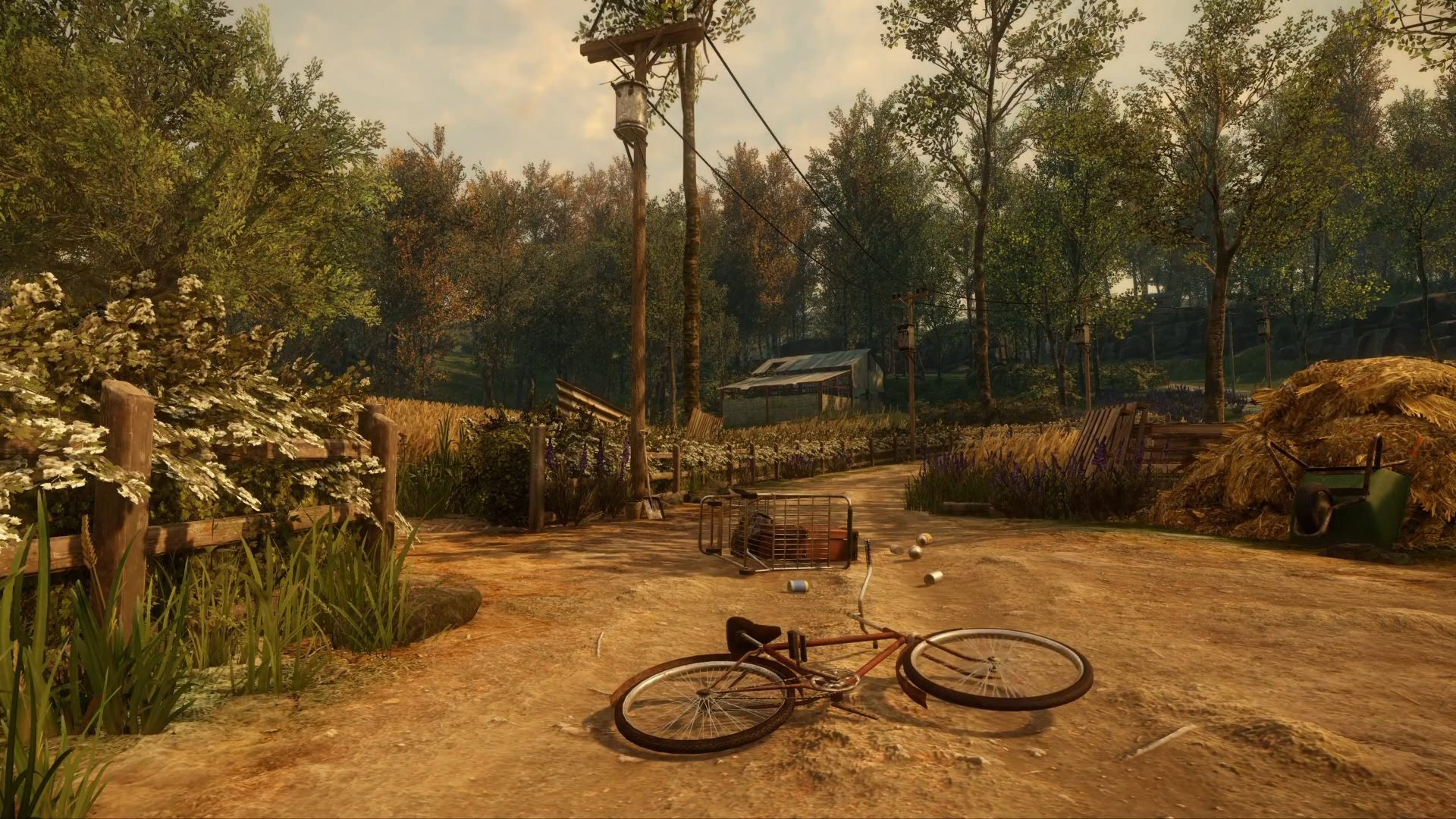
Developer: The Chinese Room
Employing quite possibly the only plot device other than zombies and nuclear war that could provide us with a mostly modern, empty Earth – Everybody’s Gone to the Rapture looks to dazzle with gorgeous graphics while poking at our embarrassment for being picked last in God’s gym class. Looking for solitude? You've found it.
-
The Swapper
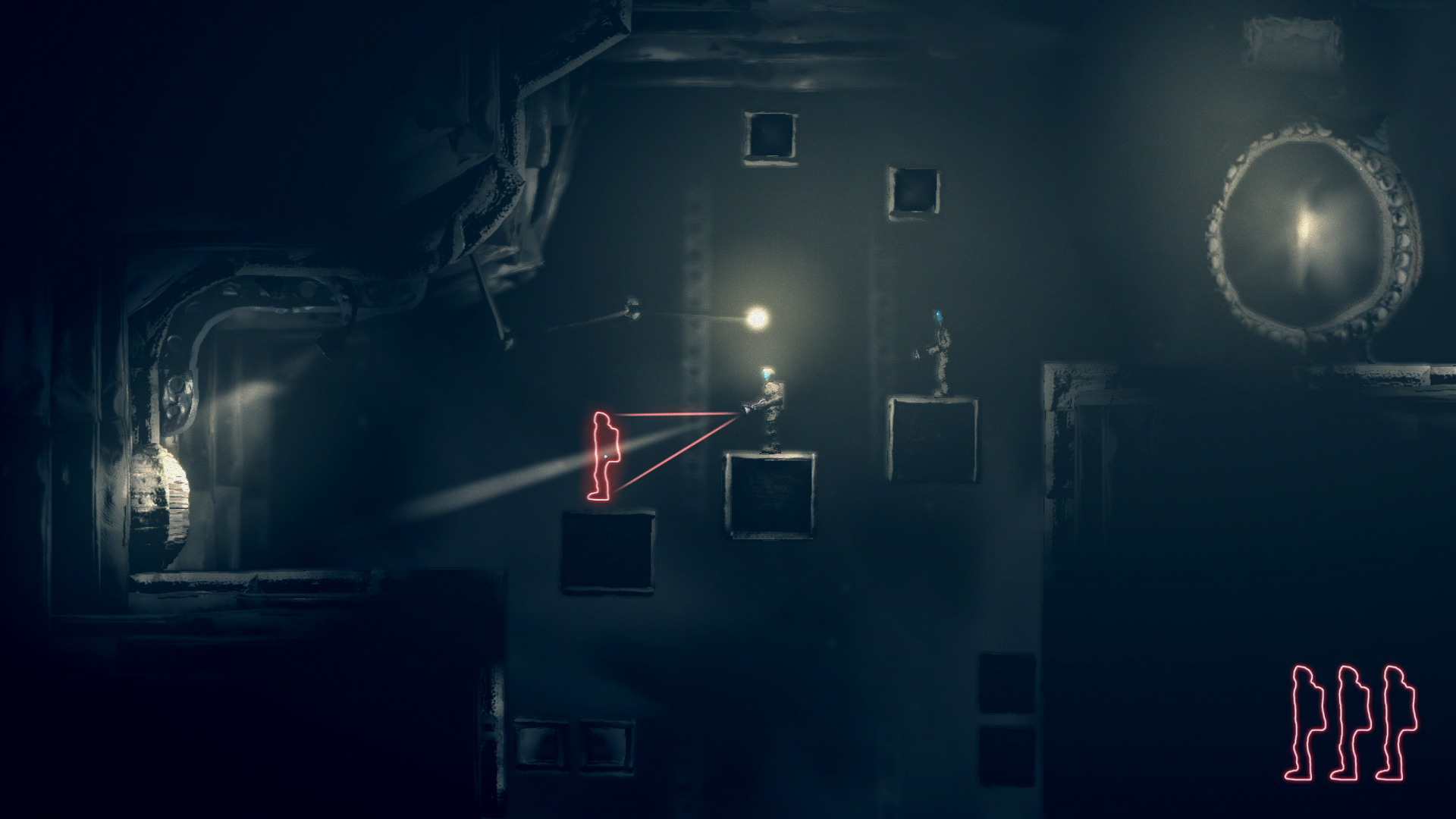
Developer: Facepalm Games, Curve Studios (port)
The Swapper nailed its haunting tone and nothing is more lonely than acknowledging your only friends are, well, you. Using the “swapper”, a simple game mechanic that creates copies of the user and allows him/her to project their consciousness into any one of them, makes this game feel slightly less lonely, if not more sad. PlayStation Plus members get it free this month.
-
Rime
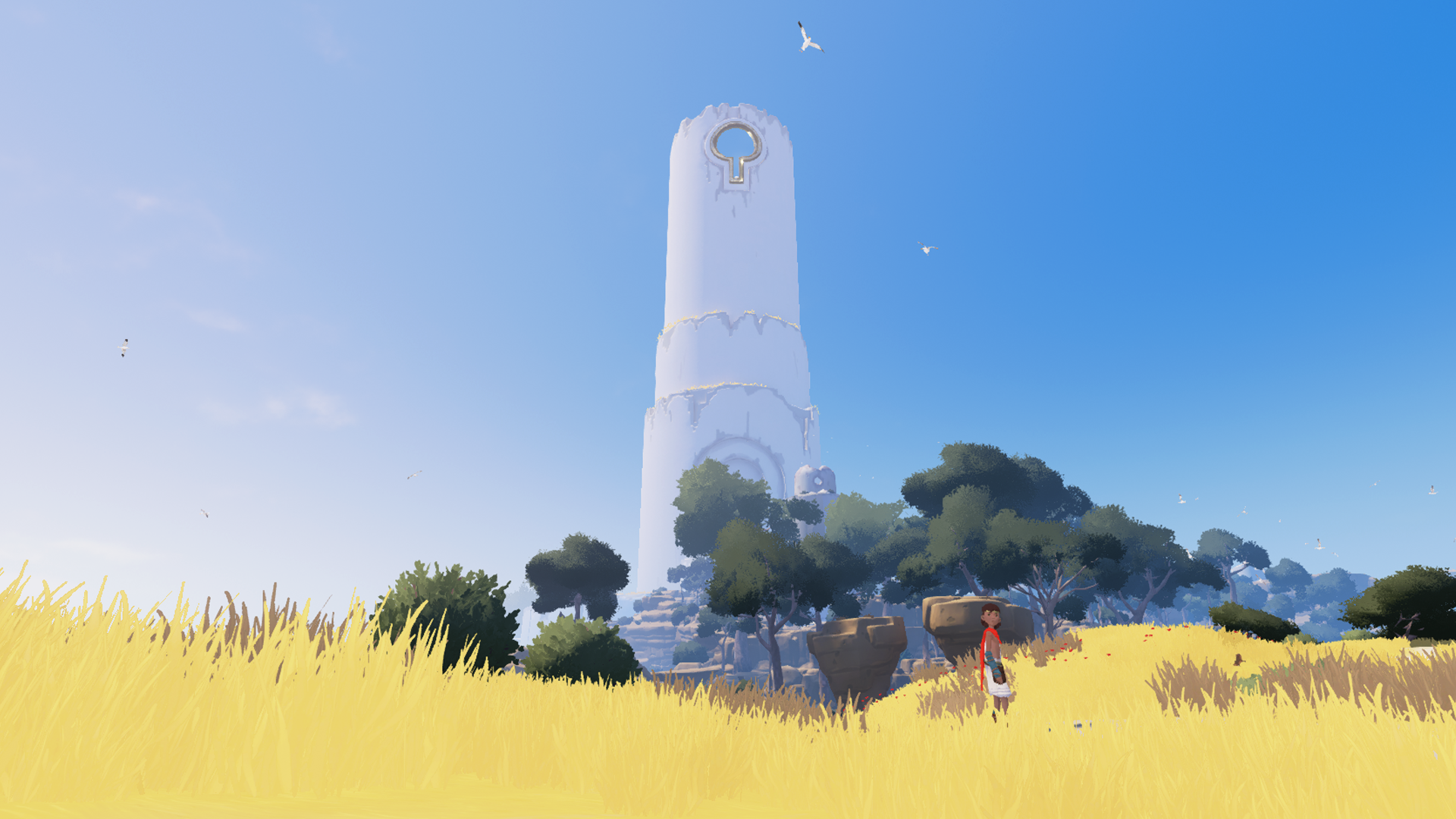
Developer: Tequila Works
We are gaming during a time when more creative minds than ever are trying to build experiences that replicate the magic we would have felt in The Last Guardian. In fact, Tequila Works Creative Director Raúl Rubio Munárriz hopes upcoming PS4-exclusive Rime will invoke "feelings of loneliness." Watching it in action, there's no denying that.
